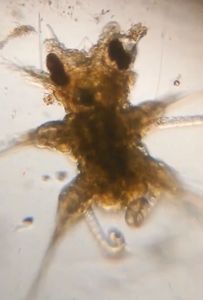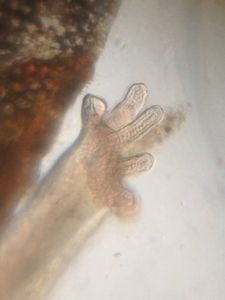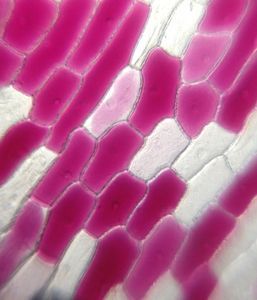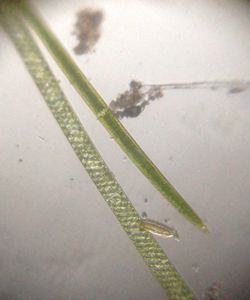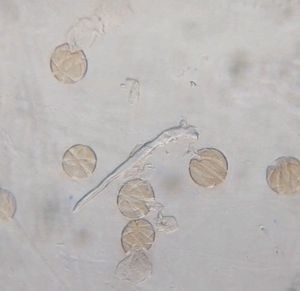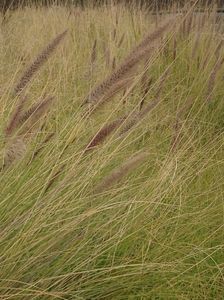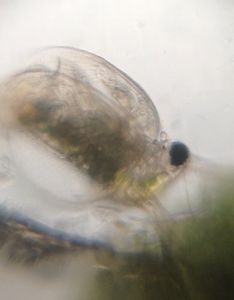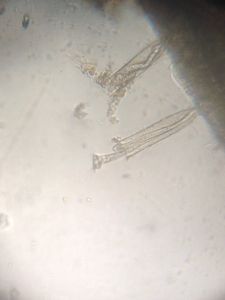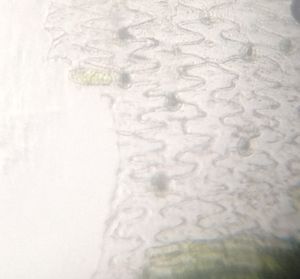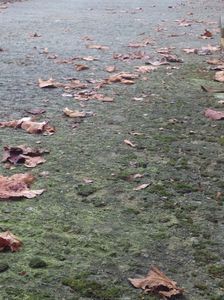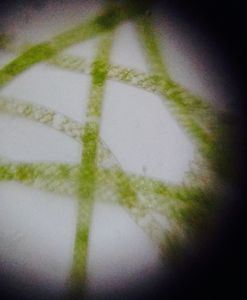Epiphytic microorganisms on duckweed roots.
 Apr 29, 2016 • 3:25 PM UTC
Apr 29, 2016 • 3:25 PM UTC Unknown Location
Unknown Location 140x Magnification
140x Magnification Microorganisms
Microorganisms
Cristina
Learn about the author...
19posts
52comments
1locations
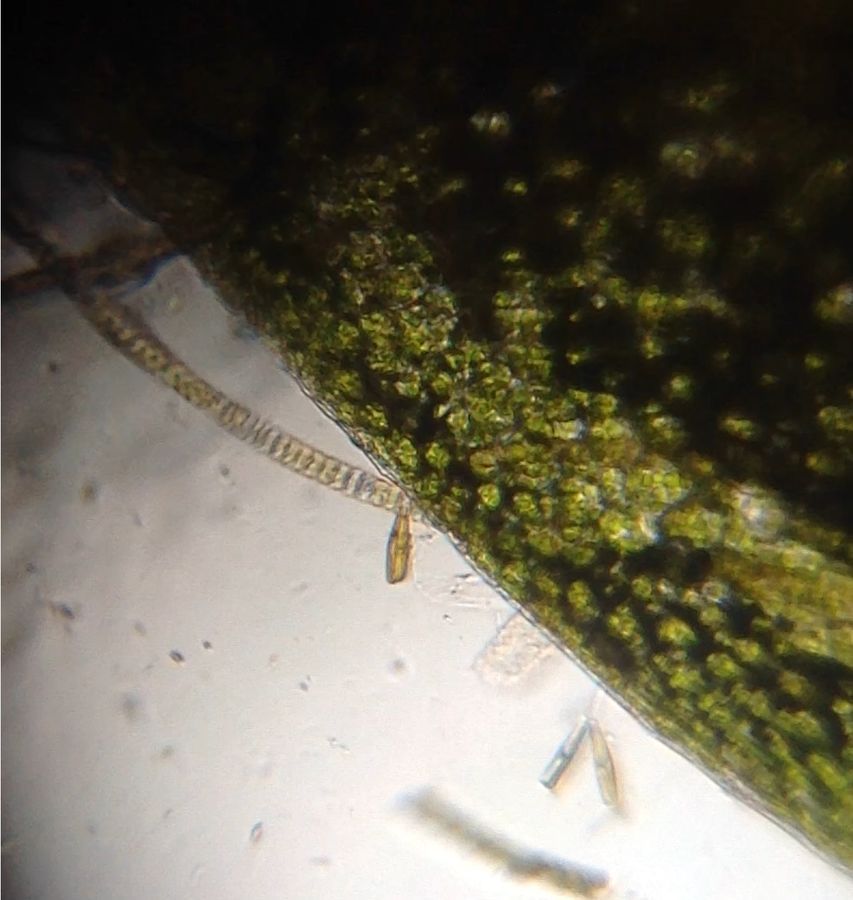
I have been keeping a sample of common duckweed which I obtained from a freshwater fountain you can see in the next image.
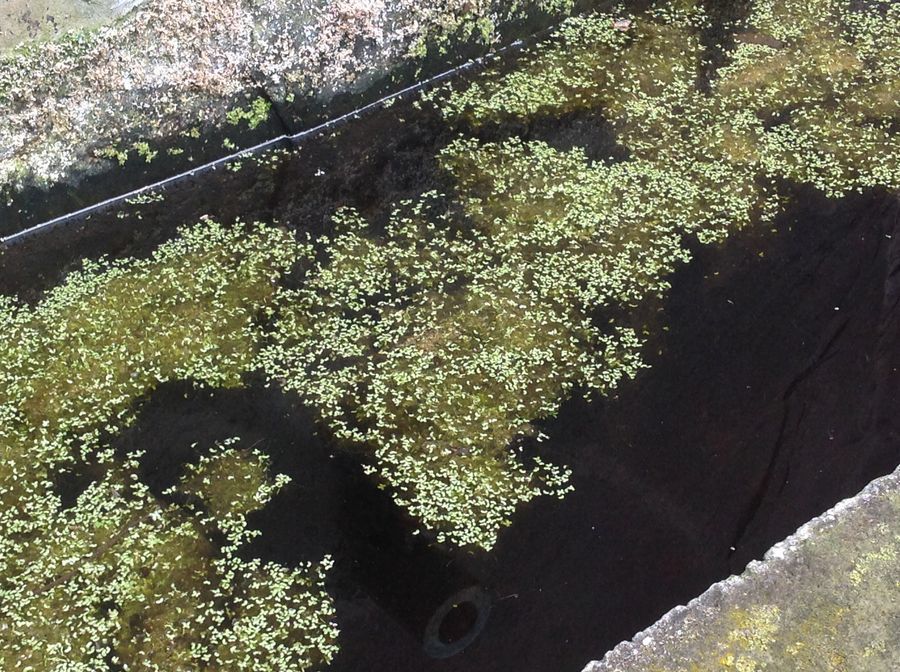
Whenever my duties allow me, I run and grab my foldscope and inmensely enjoy watching the microcosmos under it. Refering to this plant (it is frequently mistaken as an algae), I have recently read that duckweed ( Lemna spp ) absorbs water and nutrients mostly through the lower surface of the leaves, not the roots. The only root they exhibit per leaf slows the plant’s movement in a windy day or in turbulent waters because roots entangle easily. This fact is clear in the photograph above.
The more I watch under the foldscope, the more I firmly believe every living creature, no matter its size, is an exhibition of wonders. I will explain myself. When observing Lemna’s root, I realized not only sessile rotifers attached to it, but some other epiphytic organisms (living more or less permanently on top of) which I could not recognise. Take a look.
The more I watch under the foldscope, the more I firmly believe every living creature, no matter its size, is an exhibition of wonders. I will explain myself. When observing Lemna’s root, I realized not only sessile rotifers attached to it, but some other epiphytic organisms (living more or less permanently on top of) which I could not recognise. Take a look.
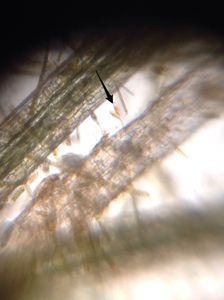
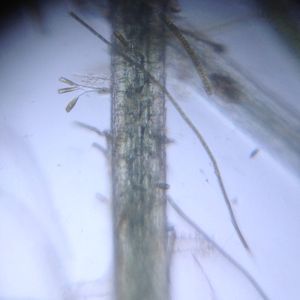
After gathering information from the Internet and from books, I came to the conclusion they are diatoms. Diatoms have been a subject of many posts in this web. You might know then that they are algae that make a silica microscopic “box” inside which they live. Each cell builds two parts that fit together like a box and lid. The silica deposit is irregular and results in an amazing and beautiful variety of patterns. If I am not mistaken, the algae in the images belongs to genus Gomphonema. Amazingly, it also builds a mucilaginous stalk that attaches an individual or some of them (a colony) to Lemna’s root.
There are many species of Gomphonema and differ in shape. Many of them show a more or less triangular lateral view, so I thought it is how it is seen in the video. Here is a drawing to explain myself.
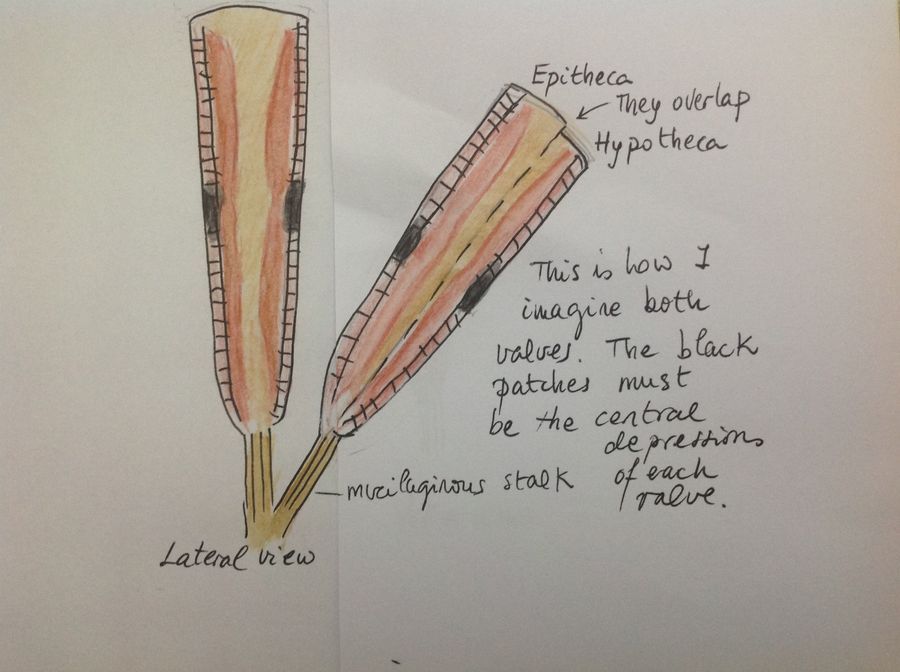
Sure there are more epiphytic diatoms in the former video. Some look like needles, others form chains of cells. I suppose they are difficult to identify, but what makes me wonder is why do they prefer living attatched, ….constant light? Staying above the water column? Saving energy as they are dragged? And furthermore, does Lemna receive anything in exchange?
Next microorganism I found is a complete mystery. Are those pseudopods?
Next microorganism I found is a complete mystery. Are those pseudopods?
To finish with, here is a general view (excuse me for moving fast). There is a rotifer in the end, a dexterous swimmer with a keel on its back, although it’s not moving much now.
Cristina Bosch
Sign in to commentNobody has commented yet... Share your thoughts with the author and start the discussion!
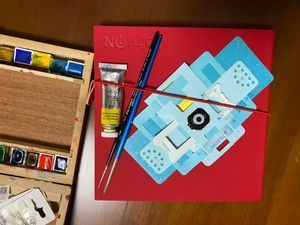
 0 Applause
0 Applause 0 Comments
0 Comments

